Grasmere and Rydal Water
These two tranquil bodies of water lie side by side on the valley floor and well-trodden footpaths around the shorelines make circumnavigating them an excellent two-hour walk. The crystal-clear water of the River Rothay runs from Rough Crag above Dunmail Raise and fills both lakes, before running into Windemere and branching off into several tributaries. During this walk, look out for Dove Cottage just a short distance away from Grasmere’s northern shore, where Wordsworth and his sister Dorothy lived from 1799 to 1808. The house and gardens are now a museum that offers visitors a glimpse of what everyday life was like described by Wordsworth as “plain living and high thinking”.
Rydal Mount, Wordsworth’s home from 1813 until his death in 1850, can be found along this walk too, at the southern tip of Rydal Water. This was the house where Wordsworth was said to have spent his happiest days with his sister, wife and their daughter. The spacious dwelling nestled in the hillside is also now a museum, and both are scheduled to open again soon in accordance with the latest government guidance.
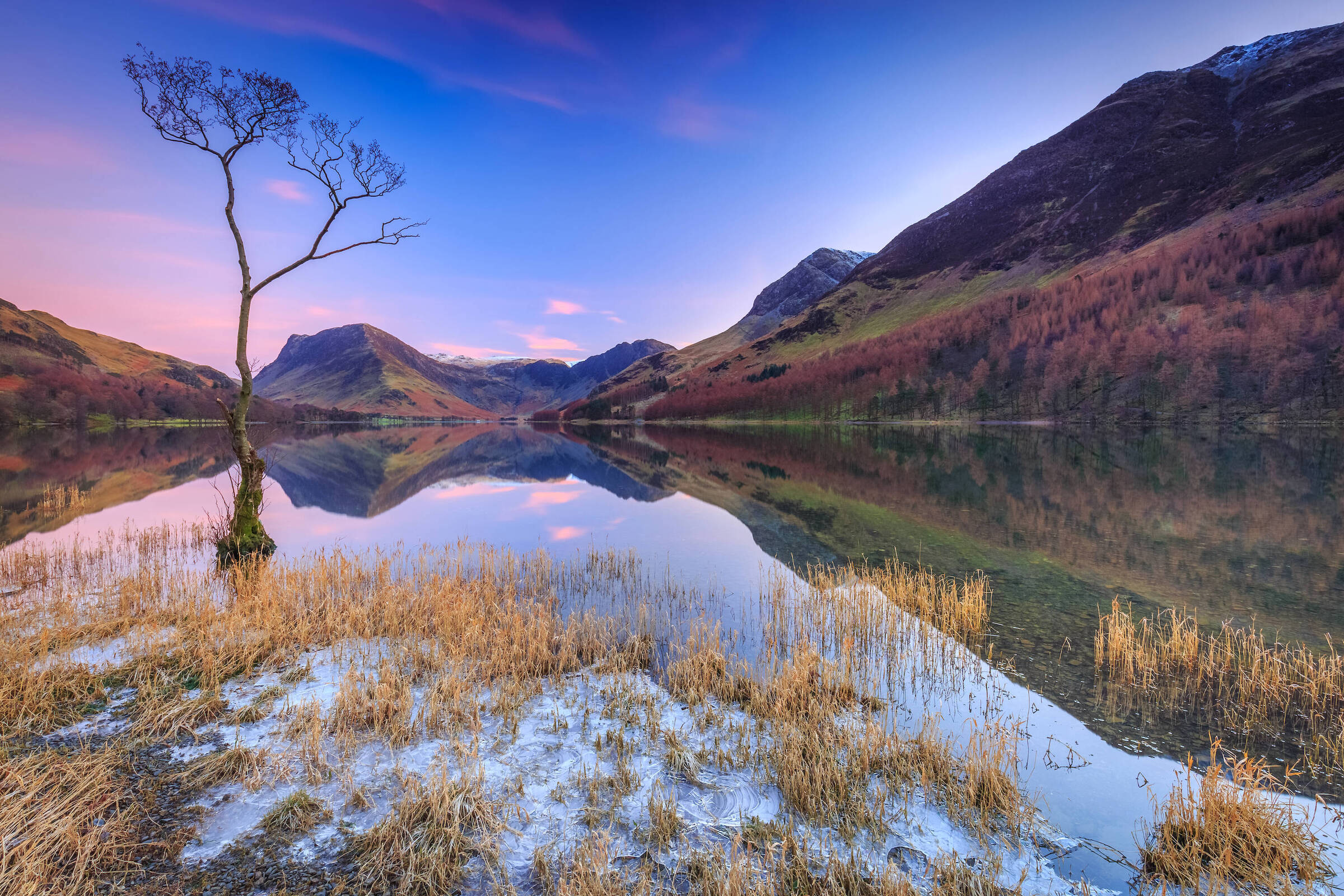


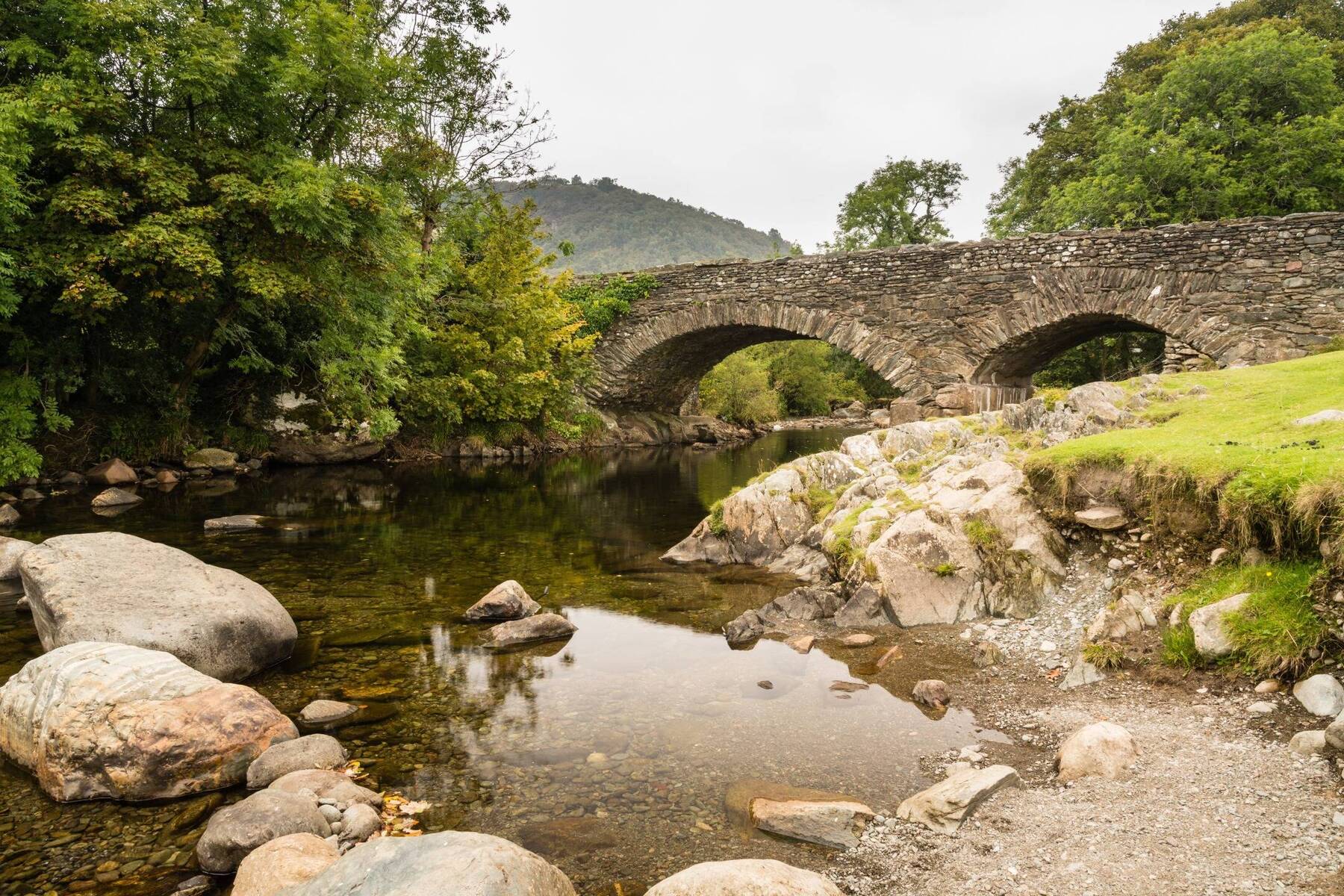
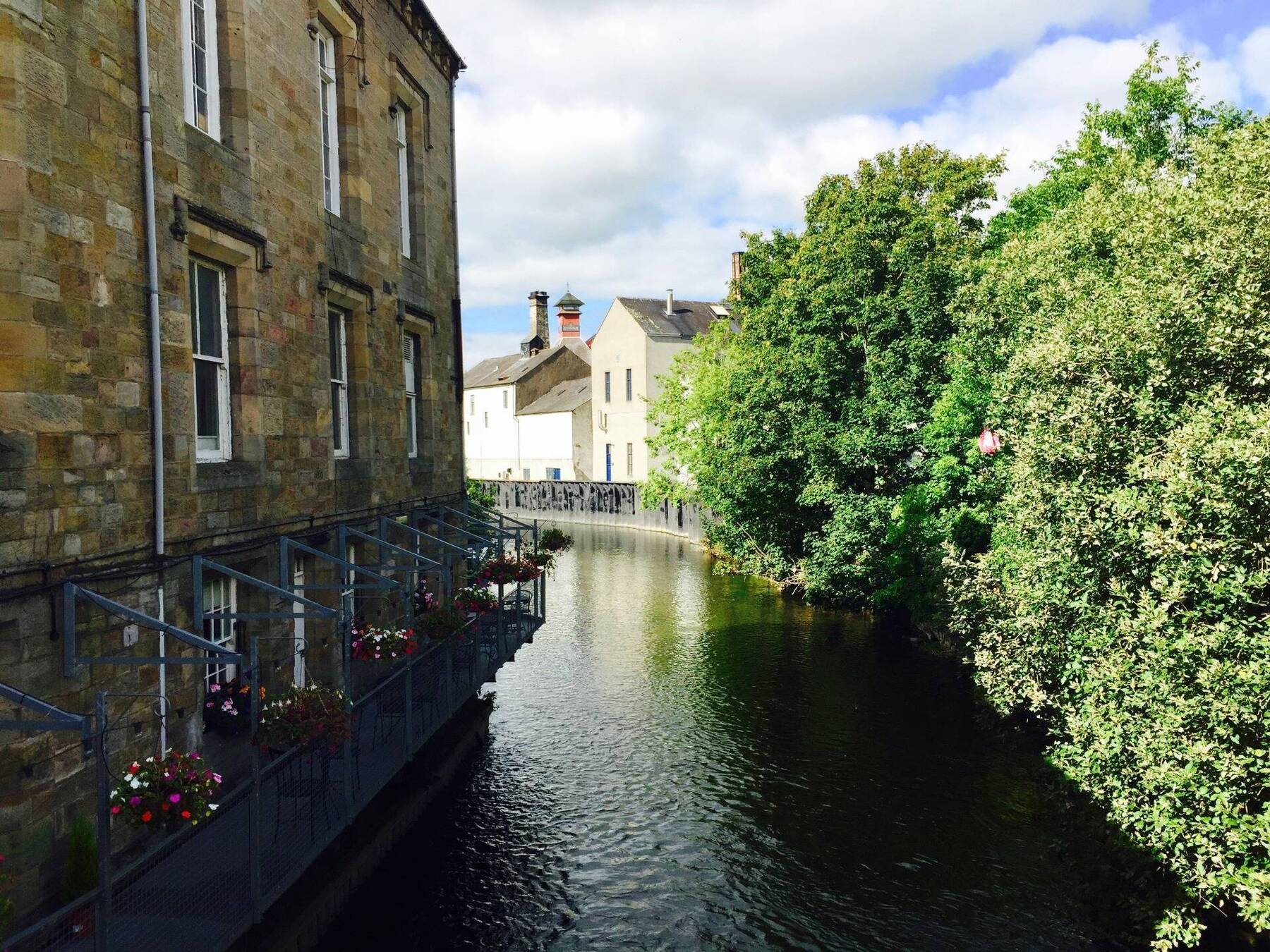
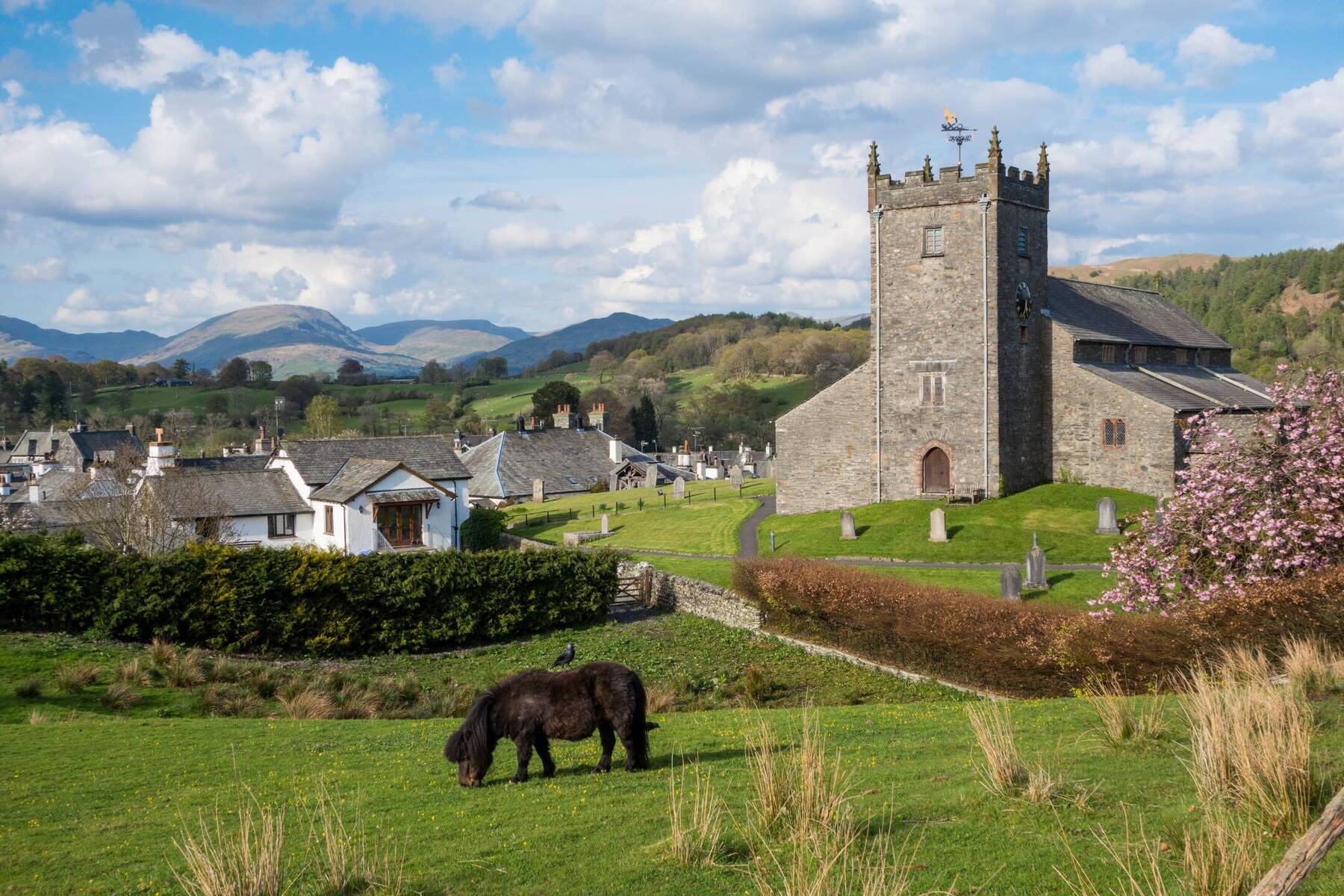


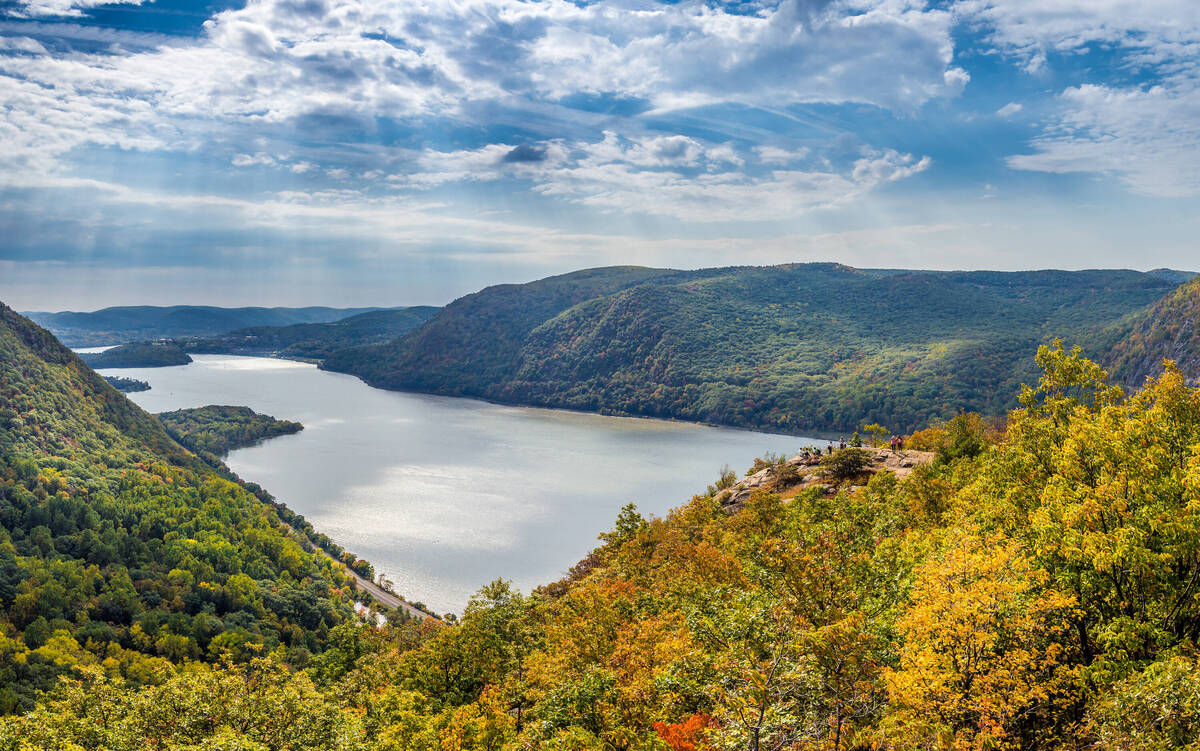














Comments